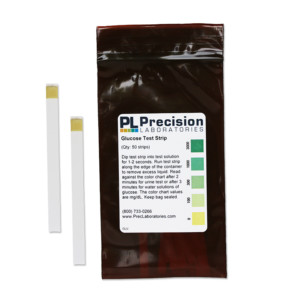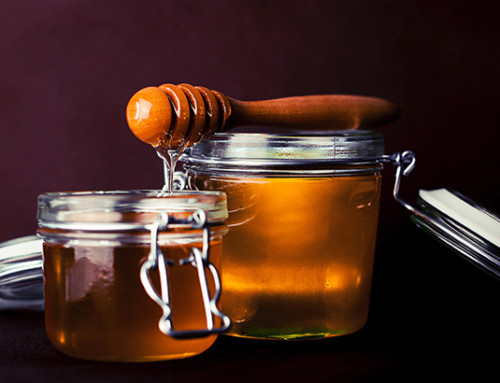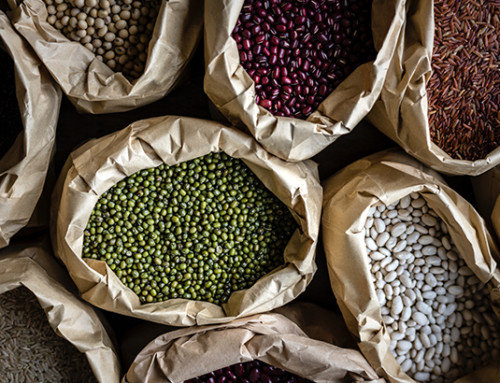What’s better than dressing up as just about anything and getting free candy? A science experiment of course! Don’t worry, you’ll have plenty of candy to spare a few for a fun educational investigation.
In this experiment, you’re going to test your Halloween candy for glucose (a type of simple sugar), and see which of your favorites contain the most. Although we used mainly lab supplies for this project, you could use household supplies and achieve similar results.
This experiment is our version of Home Science Tools Glucose experiment using Benedict’s solution. In our version, you’ll be using our Glucose Test Strips.
Materials:
- 3-4 different types of Halloween candy (Hint: We think non-chocolate types will work best: Smarties, lollipops, etc.)
- Cups/Glasses*
- Hot water
- Glucose Test Strips*
- Cutting board, knife, and fork
- Metal spatula
- Disposable pipettes*
- Gloves
- Adult helper
*Equal to the number of candies being tested
Instructions:

- You’ll need to prepare a solution for each candy you’re testing. Have an adult help you use a knife to finely chop them, or break them into small pieces and grind them up using the back of a fork. Wear gloves and take care to clean the knife/fork in between each candy as to not cross-contaminate.
- In a clean cup, measure 1 level spatula scoop of ground candy. Repeat with additional candy types.
- Use the pipette to add 3 droppers full of hot water to each cup. Stir, dissolving the candy as much as you can to make liquid solutions. Use the same amount of ground candy and water in each solution and to clean the spatula in between.
- Label each solution, and observe and record the color. Predict (make a hypothesis) which candy you think contains the most glucose.
- You will need a Glucose Test Strip for each solution being tested. Dip a test strip into the first solution. Wait 3 minutes, then compare the test pad to the color chart and record the value. Repeat this step for each solution. Some test strip colors may fall between two of the colors on the chart, for example, between “100” and “300”. If this happens, calculate their average and record that number.
- Any color change to the test strip indicates the presence of glucose. The higher the level, the more glucose is present. If the test strip changes to 3000 mg/dL before 3 minutes, you can record the value as higher than 3000.
- If you find that all of your solutions are not registering any glucose, or they’re all registering over 3000, then you need to adjust how much candy you’re dissolving in water. It is important to use the same amount of hot water for each solution.
- Which candy contains the most glucose? Which candy has the least glucose? Was your hypothesis correct?
Results:
Glucose is a simple sugar that plants produce by the process of photosynthesis. Like all carbohydrates, it is made of hydrogen, carbon, and oxygen. Glucose is essential to life, as it is the primary source of energy for our body’s cells, and it is able to enter our bloodstream quickly to provide energy right away. Without it, our bodies would not function. Plus, glucose is the primary energy source used by brain cells! Without enough glucose, brain function may be diminished.
Other types of sugar include fructose, which comes from honey, fruit and vegetables, and sucrose, which is what most table sugar is made of. Since this test only detects the presence of glucose, you can’t tell how much other types of sugar these candies contain.
Our Glucose test strips exclusively detect glucose. Sucrose, for example, must be broken down to glucose before it can be detected.
Going Further:
For further testing, compare different foods that aren’t typically thought of as sweet, like milk or bread, as well as other types of sweet foods besides candy, like fruit and soda pop. Also consider using Benedict’s solution and see how that affects your results. Here’s Home Science Tools version of this experiment using Benedict’s solution. Think about and discuss why knowing which foods contain a lot of glucose might be beneficial.
Share your results with us; we’d love to see what you came up with! Experiment on and Happy Halloween!







Leave A Comment